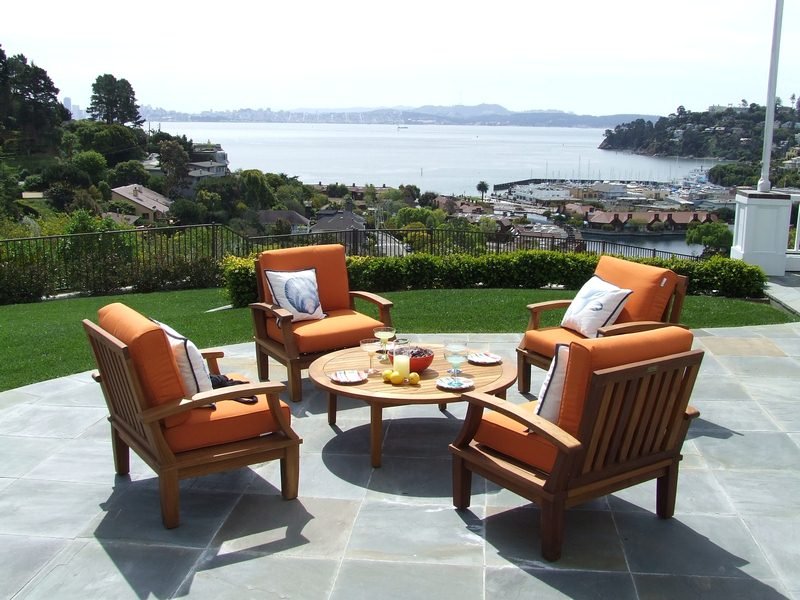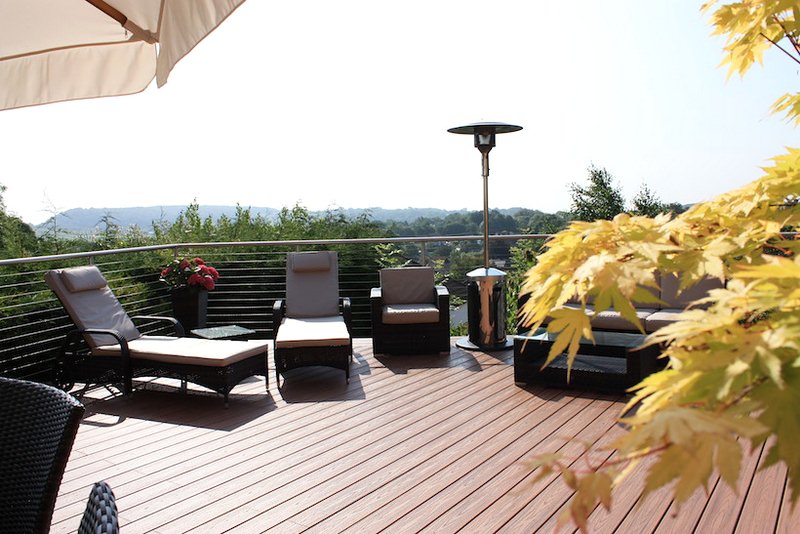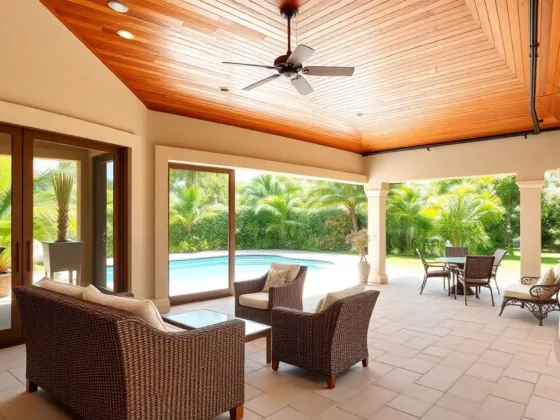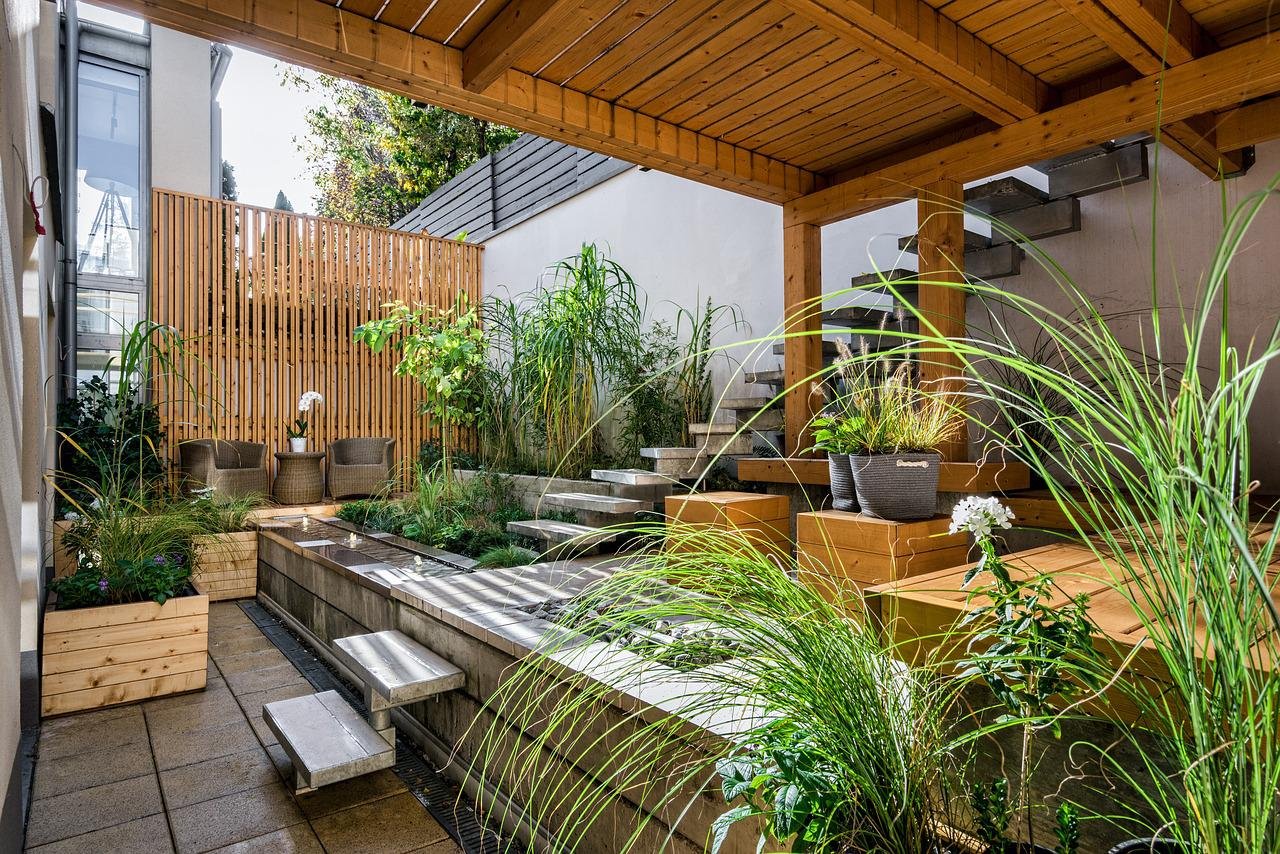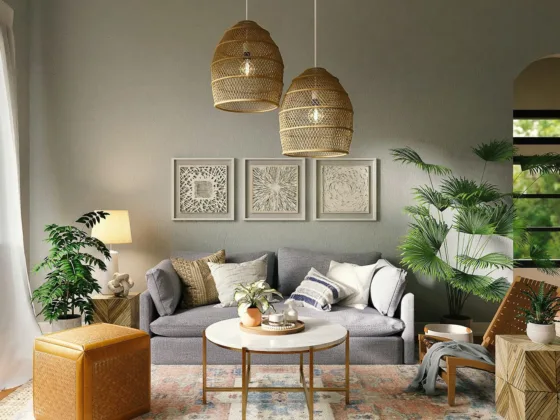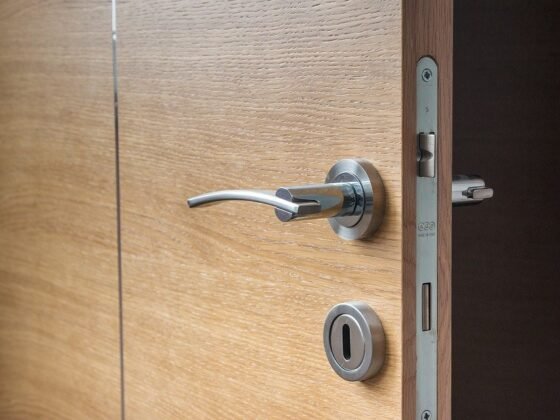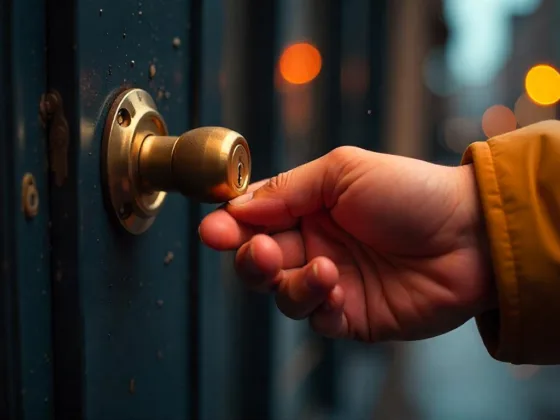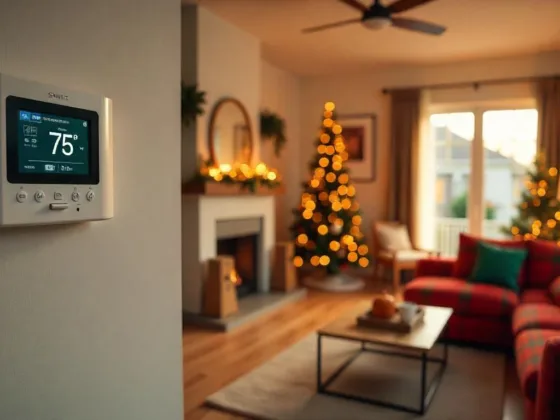Table of Contents Show
Sunsets, sips, and solid structures are just some of the joys of outdoor living. The choice between a patio and a deck can shape your outdoor experience in many ways. Both options offer unique benefits, but which one is right for you?
The Great Outdoors: Why Choosing Matters
Choosing between a patio and a deck isn’t just about aesthetics. It impacts how you enjoy your space, how you entertain guests, and how much maintenance you’ll face. Understanding the key elements of each can help you make an informed decision that suits your lifestyle.
Weighing the Pros and Cons: Patio vs. Deck
This Article Will Help You Decide
This article will break down essential factors to consider. We’ll explore materials, design options, functionality, and maintenance requirements. By the end, you’ll be equipped to choose the perfect outdoor space for your home.
RELATED: The Latest Patio Design Ideas That Should Inspire You Today
Material Matters: Construction and Costs
Patio Materials: Concrete, Pavers, and More
When considering options for patio construction, several materials stand out. Each option has its own benefits and drawbacks.
- Concrete: a popular choice due to its durability and low maintenance requirements. It can handle various weather conditions and generally stays in good condition for years without much attention.
- Pavers: known for their aesthetic appeal. They come in many styles and colors. This allows homeowners to create unique and creative designs that add personal flair to their outdoor spaces.
- Natural stone: an elegant option that can elevate the look of any patio. Its beauty is unmatched, but this sophistication comes with a higher price tag compared to other materials, making it a less common choice for budget-conscious projects.
Cost Comparison: Concrete vs. Pavers
When comparing costs, concrete typically falls within the range of $6 to $12 per square foot. This makes it an affordable option for many homeowners looking to build a patio.
Pavers tend to be more expensive, with prices ranging from $10 to $20 per square foot. The final price depends on the type and quality of the pavers selected.
Maintenance and Lifespan of Patio Materials
- Concrete Patios: Concrete patios have a long lifespan, often lasting over 30 years. They require minimal upkeep over the years, making them a practical choice for those wanting a hassle-free outdoor area.
- Paver Patios: Pavers are also durable but may need occasional replacement. Over time, they can shift or settle unevenly due to weather changes or ground movement. However, most pavers remain strong and can last for many years with proper care.
Overall, the choice of patio materials impacts not only the look of the space but also its long-term costs and maintenance needs.
RELATED: Patio Pavers vs Concrete: What Are the Differences?
Deck Materials: Wood, Composite, and Other Options
Deck materials are crucial in determining the overall look and functionality of outdoor spaces. Homeowners typically consider three main types of materials for their decks: wood, composite, and other alternative options.
Wood Decking
Wood is the traditional choice for decking. Some popular types include cedar and pressure-treated pine.
- Cedar offers natural beauty and resistance to decay.
- Pressure-treated pine is widely used because it is affordable and holds up well against the elements.
However, wood can require more upkeep over time.
Composite Decking
Composite materials have gained popularity in recent years. They consist of a mix of wood fibers and plastic.
This combination creates a product that resembles wood but needs less maintenance. Homeowners often prefer composite decking because it lasts longer than wood and does not splinter or rot like natural wood does.
Cost Comparison
When comparing costs, wood and composite decking show noticeable differences.
- Wood decking typically costs between $15 and $25 per square foot. This price can vary based on the type of wood and quality.
- Composite decking is generally more expensive, ranging from $20 to $38 per square foot. The initial investment for composite products might be higher, but their durability can offset these costs over time.
Maintenance Needs
Maintenance is another important factor when choosing deck materials.
Wood Decks
- Wood decks need regular care to stay in good shape. Homeowners must regularly stain and seal wood surfaces to protect them from rot and weather damage. This upkeep can add to the long-term cost and effort of maintaining a wood deck.
Composite Decking
- In contrast, composite decking requires much less attention. While composite surfaces need to be cleaned occasionally, they do not require staining or sealing. This makes composite a low-maintenance option that can save time and effort over the years.
Selecting the right deck material involves understanding the characteristics, costs, and maintenance needs of wood, composite, and other materials. Homeowners should consider their preferences for appearance, budget, and willingness to perform upkeep when making their choice.
Read more about the material costs to make an informed decision on your choice by looking over a patio vs decking cost calculator and find a trader locally to have a chat.
Design and Aesthetics: Personalizing Your Space
Patio Design Ideas: From Minimalist to Mediterranean
Patios are versatile spaces that can reflect your personal style and enhance your home. They offer a wide range of design options to fit different tastes and lifestyles.
Minimalist Design
One popular approach is minimalist design. This style emphasizes simplicity and functionality. It features clean lines and limited furnishings, creating an uncluttered and calming area perfect for relaxation.
Mediterranean Themes
Mediterranean themes create a different atmosphere compared to other designs. This style often features:
- Terracotta pots filled with colorful flowers
- Traditional tile floors that bring in warmth and personality
The aim of this design is to craft an inviting outdoor space that resembles a holiday getaway.
Incorporating Landscaping and Lighting into Patio Designs
Landscaping plays a crucial role in patio aesthetics. Using plants can soften the sharp edges of hardscapes, making the space feel more inviting. Flowering shrubs and greenery can add texture and warmth. The right lighting also enhances the overall atmosphere.
- String lights draped above can create a magical feel during evening gatherings.
- Lanterns placed strategically add charm and provide necessary illumination.
Creating Ambiance and Functionality with Patio Furnishings
Choosing the right furniture is essential for both comfort and style. Opt for pieces that not only match your theme but also offer relaxation for you and your guests. Comfortable seating makes any outdoor space more enjoyable.
- Adding a fire pit can further enhance the patio experience, providing warmth and a cozy gathering spot during cooler months.
- This extends the usability of your patio year-round.
Deck Design Options: Size, Shape, and Style
Decks can be tailored to fit your specific outdoor area. Start with the size, adjusting it based on the layout of your yard. A larger deck can provide ample space for socializing, while a smaller one may suit more intimate gatherings.
The shape of the deck is also important. You can choose from standard square or rectangular designs or venture into unique multi-level layouts that add dimension and interest to your space.
Integrating Railings, Stairs, and Other Features into Deck Designs
Safety should be a priority in deck design. Adding railings not only enhances safety but can also serve as a decorative element. Choose railings that match your home’s style for a cohesive look.
Stairs are another key feature. They provide smooth access from the deck to the yard, making movement between areas easy and convenient.
Maximizing Space and Flow with Smart Deck Layouts
Effective layout planning can significantly improve the functionality of your deck. Place furniture in a way that allows for easy movement throughout the space. Ensure that dining areas and lounging sections are easily accessible.
This promotes a good flow and makes it simple for guests to navigate during gatherings. A well-planned deck becomes an outdoor room that everyone enjoys.
Functionality and Lifestyle Considerations
Entertaining and Relaxation: How to Maximize Use
Patios offer excellent spaces for casual gatherings with friends and family. To enhance these areas, incorporating a grill can elevate your cooking options. Comfortable seating will invite guests to relax and enjoy their time outdoors.
Adding a dining area encourages people to share meals together, creating a warm atmosphere. You might include outdoor lighting to extend gatherings into the evening.
Deck Design for Hosting Gatherings and Unwinding
Decks are ideal for hosting larger groups, making them perfect for parties and celebrations.
- Built-in Seating: Planning for built-in seating can provide ample room while saving space.
- Bar Area: A bar area can offer a convenient spot for drinks and snacks, encouraging mingling among guests.
- Shade Options: Consider adding shade options, like umbrellas or pergolas, to keep the space enjoyable even during hot days.
Accessibility and Safety Considerations
Choosing Materials and Designs for Accessibility
When designing patios and decks, consider the accessibility of your space. Here are some key factors to keep in mind:
- Wider pathways: Ensure easy navigation for everyone by incorporating wider pathways.
- Low-profile entrances: Help individuals with mobility issues enter and exit comfortably by including low-profile entrances.
- Non-slip surfaces: Prioritize safety and comfort for all guests, particularly during rainy weather, by choosing non-slip surfaces.
Safety Features to Prioritize for Patios and Decks
Safety should be a key focus when creating outdoor spaces. Here are some safety features to prioritize for patios and decks:
- Sturdy railings: Installing sturdy railings can help prevent falls and provide support.
- Stable structures: Ensuring that structures are stable and secure is essential for peace of mind.
- Proper lighting: It’s vital to maintain proper lighting in patios and decks. Well-lit areas can help guests see where they are going, reducing the chance of accidents.
RELATED: Lanai vs. Patio: What’s the Difference?
Maintenance and Longevity: Long-Term Costs
Maintaining patios and decks is essential for ensuring their longevity and keeping long-term costs down.
Patio Maintenance
For patio maintenance, regular cleaning, repair, and resealing are crucial:
- Use a pressure washer to effectively remove dirt and debris, helping to maintain the patio’s appearance. This cleaning should be done regularly to prevent grime buildup.
- Reseal the concrete surface every few years as it protects the material from weather damage, stains, and wear.
- Be aware of common issues that can arise with patios such as cracks or loose pavers, as these can compromise the integrity of the surface. Addressing these problems quickly can prevent further damage and save money on more extensive repairs in the future.
Deck Maintenance
Deck maintenance involves similar routines, including cleaning, staining, and repair:
- Clean your deck at least once a year to remove dirt and mold that can cause deterioration.
- Stain the deck every two to three years to enhance its look and provide a protective layer against the elements.
- Conduct frequent inspections to spot signs of rot and insect damage early. If any boards show signs of rot or insect infestation, it is crucial to repair or replace them promptly.
Overall, regular maintenance for both patios and decks protects your investment and ensures they remain in good condition for many years.
Making the Right Choice: Conclusion
Key Considerations: Budget, Lifestyle, and Aesthetics
Your decision should reflect your budget and lifestyle. Consider factors like usage, design preferences, and maintenance commitment.
Actionable Steps: Research, Planning, and Installation
Research materials and designs that fit your vision. Plan with a budget and timeline in mind. Professional installation can ensure quality.
Long-Term Value and Enjoyment of Your Outdoor Space
Invest in either a patio or deck that suits your needs. The right choice will enhance your home’s value and your enjoyment for years to come. Choose wisely, and enjoy every moment spent outdoors.
FAQs
The main differences lie in their materials and construction. Patios are typically made from stone, concrete, or pavers and sit directly on the ground, while decks are elevated structures usually made of wood or composite materials. This affects their aesthetics, maintenance requirements, and how they fit into your outdoor space.
Generally, patios tend to be more affordable than decks. Concrete patios can cost between $6 to $12 per square foot, while pavers range from $10 to $20. In contrast, wood decking costs between $15 to $25 per square foot, and composite decking can go up to $38 per square foot.
For patios, regular cleaning, resealing, and repairing cracks or loose pavers are essential. For decks, you should clean them at least once a year, stain every two to three years, and inspect for signs of rot or insect damage. Regular maintenance helps extend the lifespan of both spaces.
Absolutely! Both patios and decks offer a variety of design options. Patios can reflect styles from minimalist to Mediterranean, while decks can be tailored in size and shape. You can also integrate landscaping, lighting, and furniture to enhance the atmosphere and usability of your outdoor space.
Consider your budget, lifestyle, and aesthetic preferences. Think about how you plan to use the space, the maintenance you’re willing to commit to, and the overall look you want to achieve. Research materials and designs that align with your vision before making a decision.

